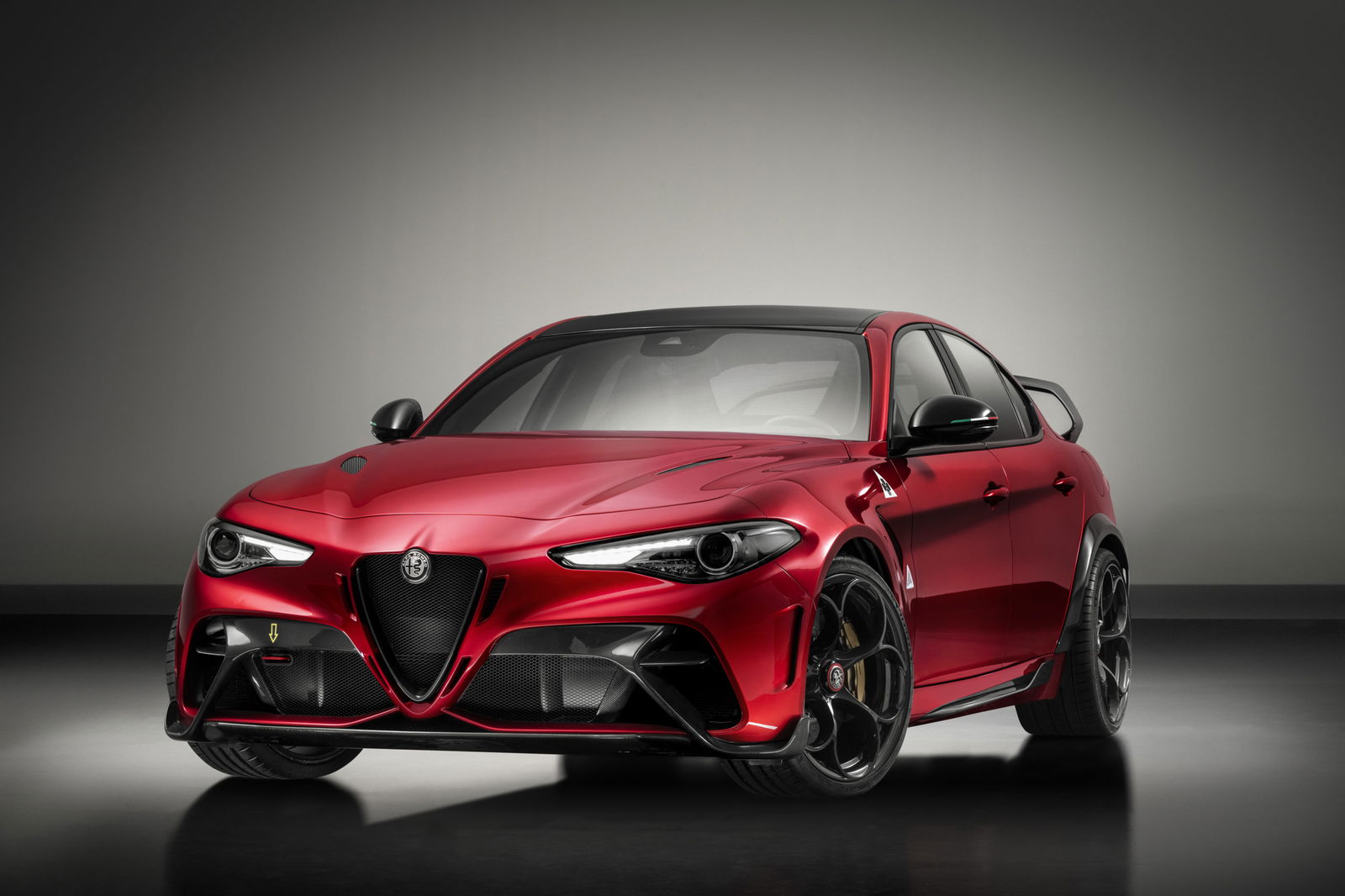
Alfa Romeo is headed back to the drawing board.
Less than six years after beginning its latest relaunch the brand is set for another major overhaul as it bids to become Italy’s answer to BMW. Alfa Romeo’s parent company Stellantis – the newly formed merger between Fiat-Chrysler and Peugeot-Citroen – reportedly wants to axe the Giorgio platform that underpins both the Giulia and Stelvio models.
Recently installed Alfa Romeo CEO, Jean-Phillppe Imparato, told AutoExpress: “We are working on the large platform of Stellantis and we will no longer use the Giorgio.
“We must take advantage of the volumes to take all possible opportunities and bring an EV range to Alfa Romeo, but always with the touch of Alfa Romeo.”
TOP 5: Alfa Romeo’s of all-time
Launched with much fanfare and with reportedly more than $1 billion spent on its development, Giorgio was meant to form the foundation of a new range of Alfa Romeo models; and possibly other brands within the Fiat-Chrysler portfolio. However, plans for reborn GTV and 8C sports cars as well as a larger SUV using the platform were all cancelled. Giorgio was meant to herald the start of a new era for Alfa Romeo after decades on the fringes of the premium market.

It’s believed the upcoming Maserati Grecale will use the Giorgio underpinnings, but is likely to be the final model before the platform is phased out along with the current generation Giulia and Stelvio.
While both Alfa Romeo’s have failed to sell in big volume, the main factor in Stellantis management’s decision to cut the Giorgio is that fact it wasn’t designed to accommodate electrification. That’s something that will be critical not only to Alfa Romeo but all car brands moving forward. Europe’s ever-tighter emissions laws and impending petrol-powered ban in several major countries (for example, the UK will ban all new petrol and diesel car sales in 2030) means electrification is a necessity.
Alfa Romeo is set to launch its first hybrid model in the near future, the Tonale compact SUV, but the latest reports from Europe indicate that has been pushed back into 2022. Reportedly Imparato was unconvinced by its performance and has sent his engineers back to work ensuring it lives up to the best Audi, BMW and Mercedes-Benz can offer.

As for the next-generation Giulia, Stelvio and other potential Alfa Romeo models, they are set to use the Stellantis range of module underpinnings – the Peugeot-Citroen-developed e-CMP and the new STLA Medium and STLA Large platforms. These will be shared across a range of Alfa Romeo, Fiat, Peugeot, Citroen and even Jeep models, as well as possibly helping to resurrect Lancia as a mainstream player.
The STLA Medium architecture is reportedly set to debut in 2023 and will be suitable for everything from small hatchbacks up to mid-size sedans and SUVs. According to Stellantis CEO, Carlos Tavares, it will have a driving range of more than 700km.
The STLA Large will be suitable for full-size SUVs and executive sedans, with a range of more than 800km between charging.
This opens the door for Alfa Romeo to rebuild itself with a new range of hybrid and electric models that should be competitive with Germany’s finest. But we’ve written this story before so there’s no guarantee it will play out as Stellantis envisions.













Discussion about this post